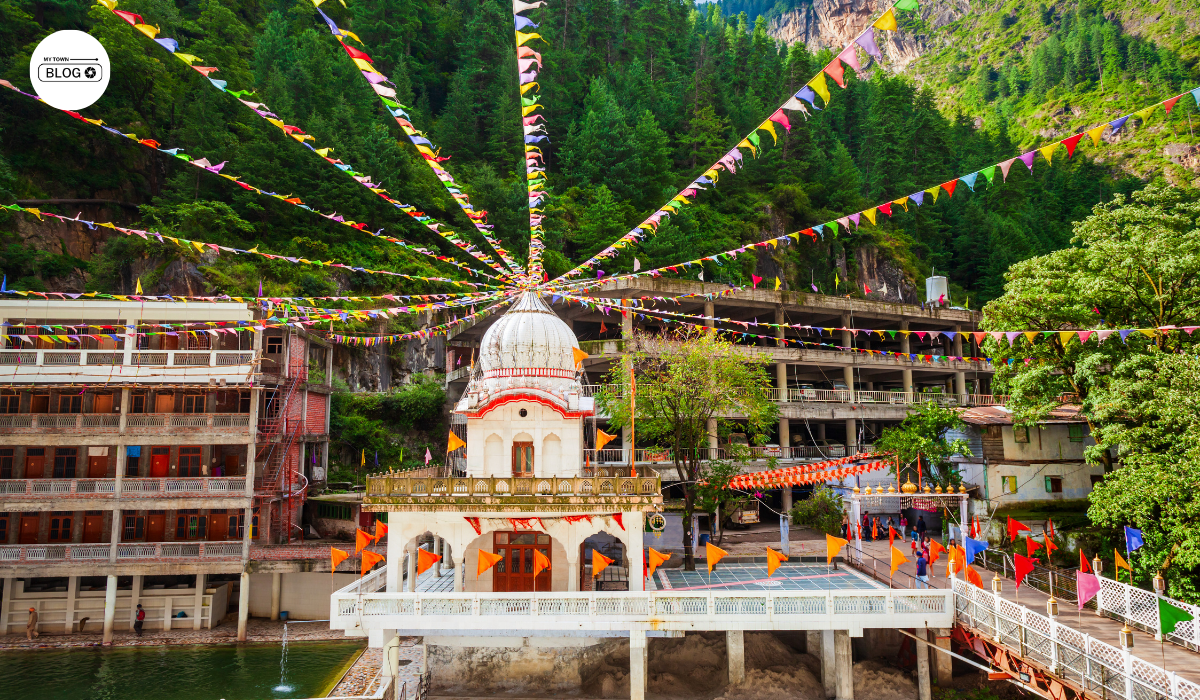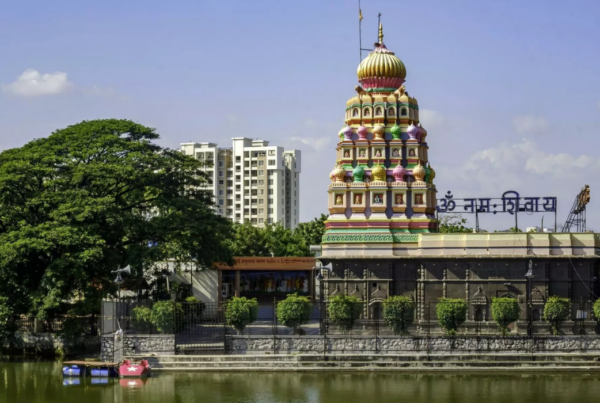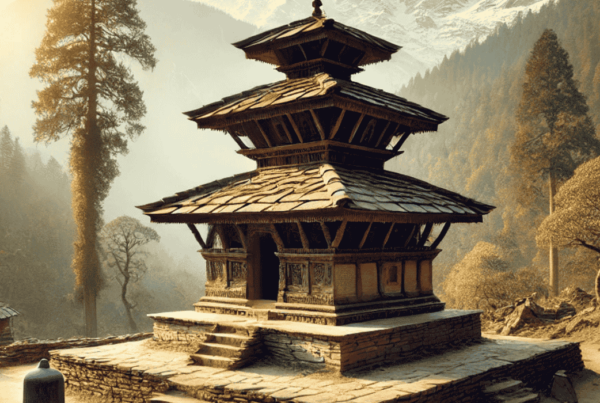The sacred embrace of the Divine welcomes all who seek solace in Him. This inclusive belief draws followers from diverse religious backgrounds to sites of varying faiths. A famous instance is Gurudwara Sahib Manikaran, which is located in Himachal Pradesh, India, just 41 km from the beautiful hill station of Kullu.
History of Manikaran Sahib:
Manikaran is rich in stories and legends from both Hindu and Sikh cultures. According to Hindu tradition, its name comes from the Sanskrit word “Mani,” which means valuable diamonds.
According to one Hindu myth, the origin of the name ties back to Lord Shiva and Goddess Parvati. Legend has it that Parvati lost her invaluable gemstone (‘mani’) during their sojourn on Earth. Despite Shiva dispatching his army to retrieve it, their efforts were in vain, provoking Shiva’s wrath. This led to the unleashing of the tandava, invoking the destructive forces of nature. Ultimately, the serpent deity Sheshnaag intervened, retrieving the lost gemstone from beneath the earth.
Another rendition of the tale suggests that Sheshnaag intentionally concealed the gemstone underground, further incensing Lord Shiva. In response, Sheshnaag emerged to release hot water, believed to be the origin of the area’s hot springs. These springs were said to occasionally yield jewels until the earthquake of 1905.
History of Sikhs at Gurudwara Sahib Manikaran:
There is a story in Sikh tradition about Guru Nanak and his follower Mardana, who resolved to create a common kitchen for everyone at Manikaran after becoming hungry. Mardana gathered food supplies from nearby homes and began preparing chapattis. However, lacking fire for cooking, Nanak instructed him to remove a stone from which a hot water spring emerged. Following his Guru’s guidance, Mardana placed the rolled chapattis in the water, only to see them sink. Undeterred, Nanak urged his disciples to pray for the sunken chapattis to rise, intending to distribute them to alleviate hunger among the needy. Miraculously, their prayers were answered, sanctifying the place for Sikh devotees.
Hot Springs at Manikaran Sahib:
On tvillage’Shatt village of Shatt, where a past cloudburst once transformed it into a ravine. An astounding phenomenon at Manikaran is the ability to cook rice or dal in its boiling waters. Visitors can experience this by acquiring ‘chawal potli’ (rice in a muslin bag) from the nearby market. The Gurdwara management facilitates the preparation of tea and meals by placing large vessels in the hot springs. Additionally, within the gurdwara, there’s a pool where one can enjoy a warm bath. Locals also utilize the hot water piped into narrow alleys for various purposes.
Traveling to Gurudwara Sahib Manikaran offers various options:
By Air: The closest airport is Bhuntar Airport, which provides flights bringing pilgrims to Kullu. From there, a road journey can be undertaken to reach Manikaran.
By Rail: Chandigarh is home to the closest train station. Buses to Kullu and Manikaran are easy to find from Chandigarh.
By Road: Kullu’s excellent connectivity to several cities makes it simple to reach Manikaran by car.
Best Time to Visit Gurudwara Sahib Manikaran:
(April to June)
Manikaran Sahib Weather:
With average highs of 10°C to 30°C, the Kullu Valley has beautiful weather that is perfect for touring and doing prayers at the Gurudwara. Travelers may also nicely enjoy hot springs and tour neighboring sights thanks to the clear sky and pleasant weather. It also avoids heavy rains during the annual monsoon season, which can ruin plans for transit and result in collapses.
Also Read: Bijli Mahadev Temple
FAQs:
Is there a cost to enter Gurudwara Sahib Manikaran?
No, the entrance is free of charge. All religions are welcome to attend Gurudwara Sahib Manikaran at no cost.
Do any staying choices close to Gurudwara Sahib Manikaran?
Yes, there are many different places to stay in and around Manikaran. Spiritual organizations own and operate the Dharamshala hotels and guesthouses on this list.
Can guests take a dip in the hot springs at the Gurudwara Sahib Manikaran?
Yes, there are designated areas on the Gurdwara premises where visitors can take a warm spring bath for prayer and healing.
What food alternatives does Gurudwara Sahib Manikaran offer?
At Gurudwara Sahib Manikaran, people cook free of charge for guests using the usual kitchen or langar. In addition, local food is available at the surrounding restaurants and stands.
Is it permitted to take pictures inside Gurudwara Sahib Manikaran?
Yes, taking pictures inside Gurdwara premises is normally permitted. To preserve the sacredness of the site, it advises guests to get consent before snapping photos of worshippers or religious ceremonies.
The purpose of these commonly asked questions is to provide useful information to anybody who wants to participate in the religious and cultural events held at Gurudwara Sahib Manikaran.








